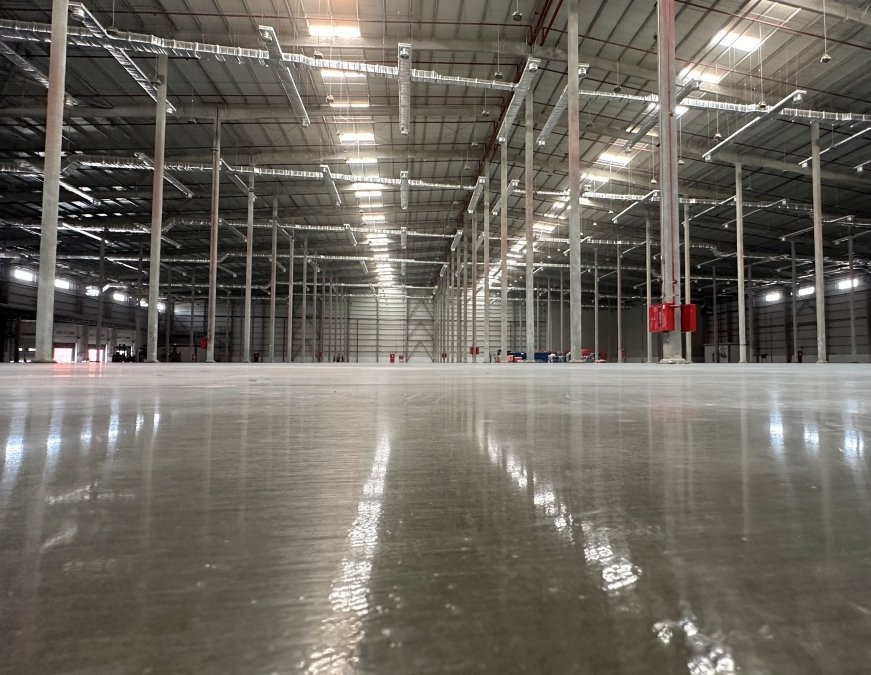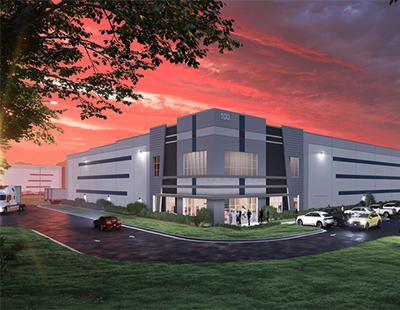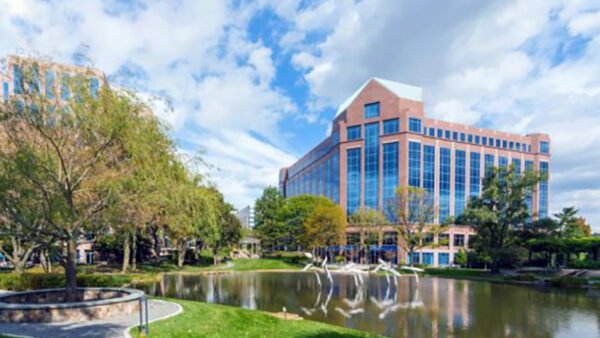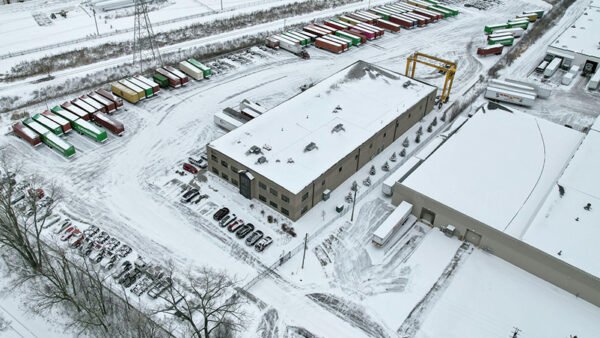After years of rapid growth, the industrial sector entered a phase of stabilization and normalization in 2024, facing both challenges and adjustments, according to the latest CommercialEdge report.
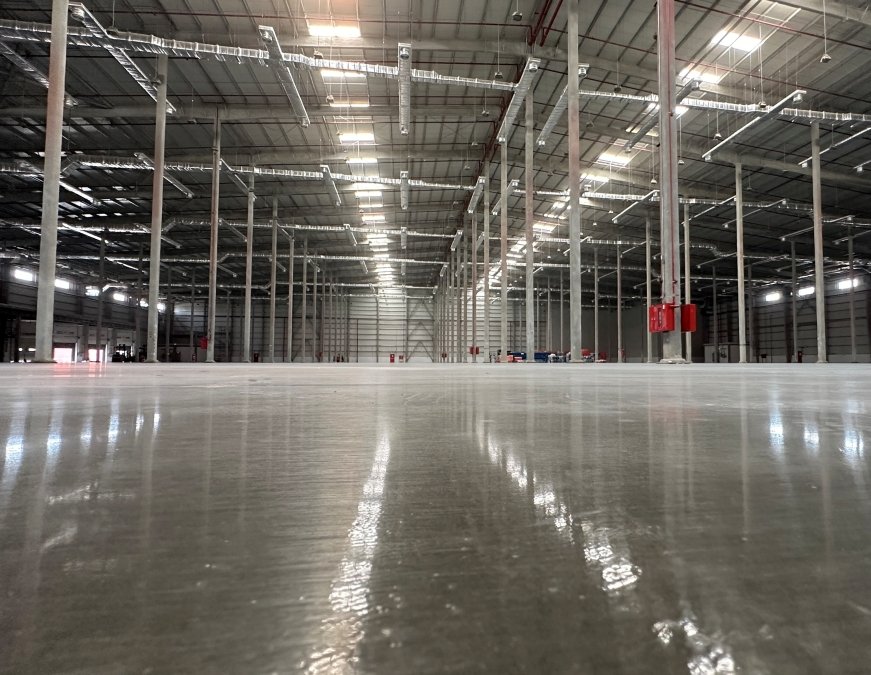
The supply boom that began in 2021 began to taper off, with just 330.7 million square feet delivered this year through November—a significant drop compared to the over 1.1 billion square feet completed over the prior two years. Starts also slowed, totaling only 208.7 million square feet this year, as higher borrowing costs and cooling demand weighed on construction activity.
Despite external shocks—including port shutdowns and supply chain disruptions—the sector demonstrated resilience, with no large-scale bottlenecks, underscoring its adaptability in a challenging economic and logistical environment.
READ ALSO: Why Industrial Outdoor Storage Will Always Be In
At the end of November, 361.1 million square feet of industrial space was under construction nationwide, accounting for 1.8 percent of the total inventory, according to CommercialEdge data. This marked the first pipeline expansion of the year, with 2.3 million square feet added during the month.
On a percentage-of-inventory basis, Phoenix led the nation with 5.7 percent of its stock under construction, equating to 24 million square feet. Other notable markets included Kansas City, Mo. (3.9 percent, 11.4 million square feet), Memphis, Tenn. (3.5 percent, 10.5 million square feet), Philadelphia (2.5 percent, 11.2 million square feet), Columbus, Ohio (2.5 percent, 8 million square feet), and Denver (2.5 percent, 7 million square feet).
Additionally, industrial sales for the first nine months of 2024 reached a total of $54.6 billion. Industrial assets changed hands at an average of $128 per square foot.
Rising rents reflect shifting industrial market
In November, the national average rent for industrial properties reached $8.27 per square foot, a three-cent increase from October and a 6.9 percent rise compared to the same period last year, according to CommercialEdge. Miami led in-place rent growth, rising 11.1 percent year-over-year, followed by New Jersey (10.5 percent), the Inland Empire (10.0 percent) and Atlanta (9.2 percent). While Southern California previously saw rapid rent increases, growth has slowed significantly in 2024.
In contrast, Midwestern markets continued to record minimal rent growth. Among the top 25 industrial markets tracked by CommercialEdge, six of the eight slowest-growing markets were located in the Midwest. St. Louis recorded the slowest rent growth at 2.7 percent year-over-year, followed by Kansas City (3.2 percent), Detroit (3.6 percent) and the Twin Cities (4.2 percent).
Over the past 12 months, newly signed leases averaged $10.36 per square foot, $2.20 above the overall average. Miami led in premiums for new leases, with recent agreements exceeding the market average by $5.65 per square foot. Bridgeport, Conn., and Boston followed, with premiums of $4.38 and $3.70 per square foot.
The national industrial vacancy rate rose to 7.5 percent in November, up 30 basis points month-over-month. A combination of stabilizing demand and a surge in new supply has driven up vacancies in recent quarters. Kansas City, Mo., had one of the lowest vacancy rates, at 3.3 percent, followed by Detroit at 4.6 percent and Charlotte at 5.4 percent.
Read the full CommercialEdge report.

